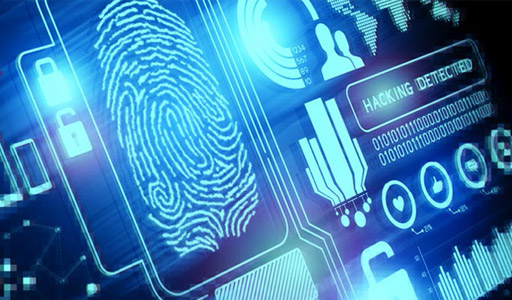
Unisys Corporation announced the availability of Unisys Stealth(identity)? – the company?s biometric identity management software for large-scale biometric enrollment processing supporting fingerprint, face, voice, and iris recognition as well as behavioral biometrics with the ability to integrate new biometric modalities in the future.
Stealth(identity) automates the process of biometric enrollment?capturing and storing biometric data used to authenticate identities?and provides configurable application programming interfaces (APIs) for integrating biometric authentication across physical and digital channels, including mobile devices.
A 2018 Identity Fraud Study by Javelin Strategy & Research Study revealed that identity fraud in the U.S. alone impacted 16.7 million individuals with a loss of $16.8 billion.
Beyond financial loss, identity fraud also can have grave consequences when terrorists can cross borders and threaten national and citizen safety or when fraudsters can use forged, stolen or altered identity documents impersonate to steal the rights and benefits of citizens.
Distilled from more than 20 years of experience in delivering large-scale biometric solutions for citizen identification and border security programs around the world, Unisys Stealth(identity) strengthens defense against identity fraud by establishing trusted Identities of individuals across multiple physical and digital channels.
It also provides comprehensive control of biometric management processes and the flexibility to adapt to and leverage advancements in technology to consistently stay ahead of fraudsters.
In addition to providing the security improvements associated with trusted identities, Stealth(identity) enhances user experience and improves productivity with the following capabilities:
- Automated enrollment reduces manual effort, chances of error and hence the enrollment costs. Through automation, clients can process enrollments without manual intervention, including tasks such as biometric quality checks and identity-proofing before an individual is enrolled. It also improves enrollment speeds for a superior user experience and allows customization of the enrollment process to meet the unique needs of a client;
- Configurable authentication workflows and APIs allow integration of biometric authentication across physical and digital channels for applications such as password-free online transactions and self-service kiosks for reduced wait times at airports and border crossings;
- Mobile-ready biometric app to enable verified self-enrollment and risk-based, multi-factor authentication using smartphones;
- Simplified and centralized management of multiple biometric modalities through a modern user interface design improves operational efficiency;
- Plug-and-play capabilities allow clients to choose technologies for biometric recognition and capture devices from any vendor or to extend their existing investments in biometrics by reusing technologies they already own;
- Complete transparency and accountability ensure the integrity of a biometric identity with configurable audit logging that captures details of all identity manipulation and authentication transactions;
- Biometric data securely stored by clients gives them complete control over how the data is used in compliance with regulatory policies.
?Identity authentication is an essential component of a zero trust security approach,? said Vishal Gupta, chief technology officer and senior vice president of technology, Unisys.
?Stealth(identity) helps clients address the growing problem of identity fraud by establishing accurate, unique, verified and irrefutable identities ? resulting in greater security, simplified operations, reduced costs, increased control and faster deployment out of the box.?
Unisys is a global information technology company that builds high-performance, security-centric solutions for the most demanding businesses and governments on Earth.
Unisys offerings include security software and services; digital transformation and workplace services; industry applications and services; and innovative software operating environments for high-intensity enterprise computing.
Source:
